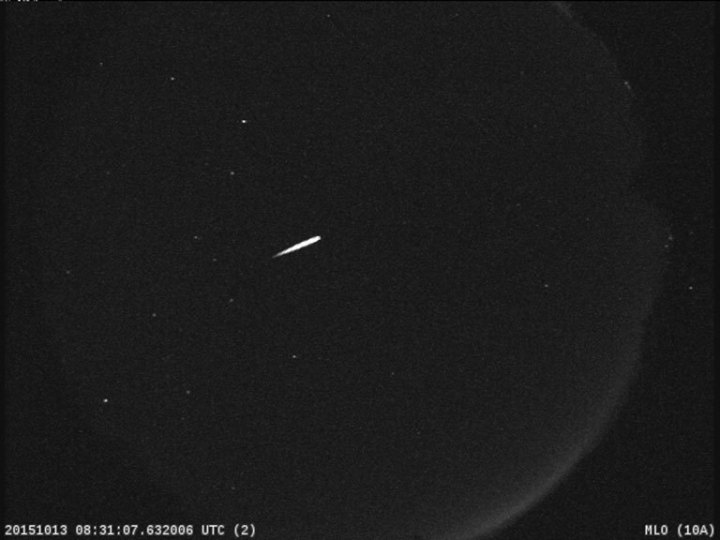Through October, you’ll have the chance to catch one of the most spectacular meteor showers of the year: the Orionid meteor shower. If you have a free evening when the skies are clear and you can get to a location with minimal light pollution, then look up, and you might catch the beautiful streak of a meteor shooting overhead.
Meteor showers happen once per year, because as the Earth orbits around the sun it passes through patches of dust and debris. This debris is left behind by comets, which cross over the Earth’s orbit as they also orbit the sun. The Orionid meteor shower is due to the famous Halley’s Comet, which is notable for coming so close to Earth that is is visible with the naked eye — though this only happens around every 75 years. All the same, the comet has left behind a trail of debris which makes viewing the meteor shower a yearly experience.

The Orionid meteor shower will begin tonight, Sunday, October 2, and will remain visible until Monday, November 7. It will peak around the night of Thursday, October 20, with between 10 and 20 meteors visible per hour, so the next few weeks are a great time to keep an eye on the skies. According to NASA, the moon will be around 20% full during the peak of the shower, which will cause small interference around dawn but shouldn’t detract from the viewing experience otherwise.
To view the meteor shower, you’ll need to be out on a clear night and settled into a comfortable position to view the sky — many stargazers like to use a deck chair for a comfortable viewing angle. Give your eyes some time to adjust to the darkness and try to stay away from light sources like looking at your phone as this will reduce your night vision.
If you are in the northern hemisphere, you should face toward the southeast, and if you’re in the southern hemisphere, you should face the northeast. Remember to wrap up warm, and you should be able to catch meteors throughout the night until dawn.
Editors' Recommendations
- How to watch the first crewed flight of the Starliner spacecraft
- How to watch three crew members launch to the ISS on Thursday
- How to watch homecoming SpaceX astronauts fly overhead on Tuesday
- How to watch Crew-8 arrive at the space station tonight
- How to watch SpaceX Crew-8 launch to the space station tonight



